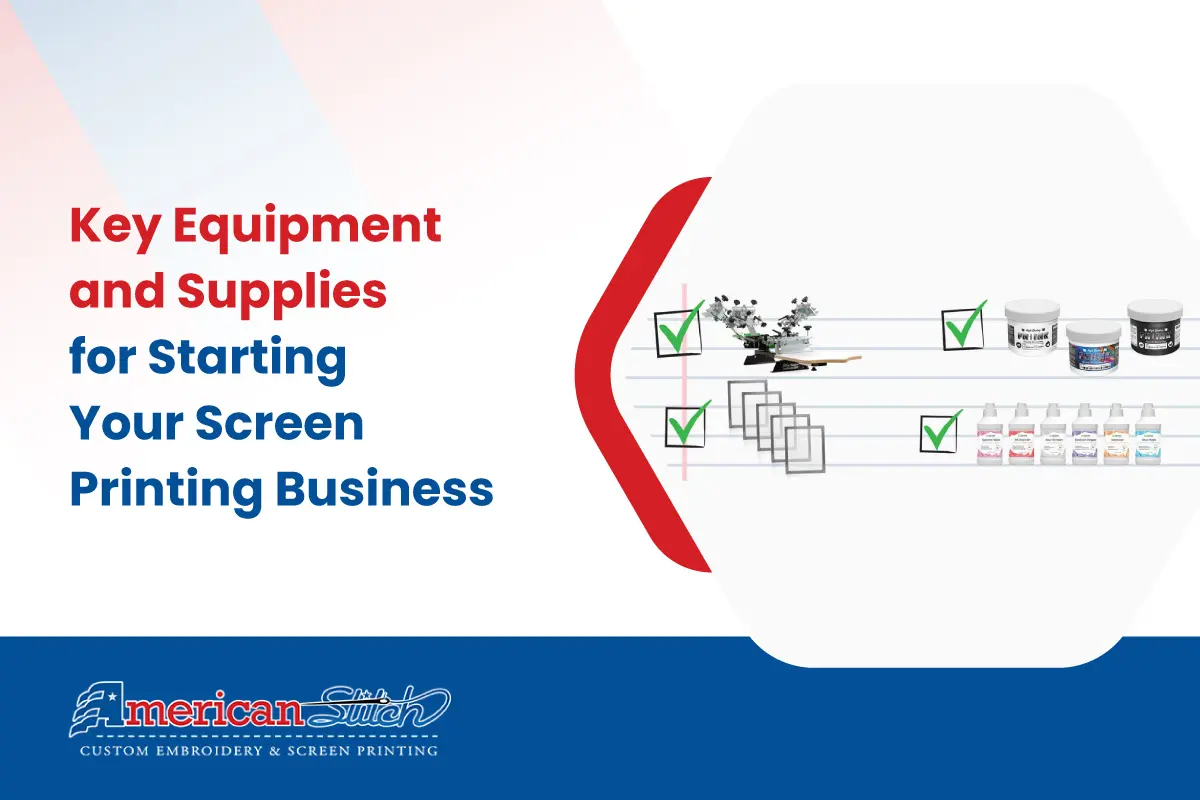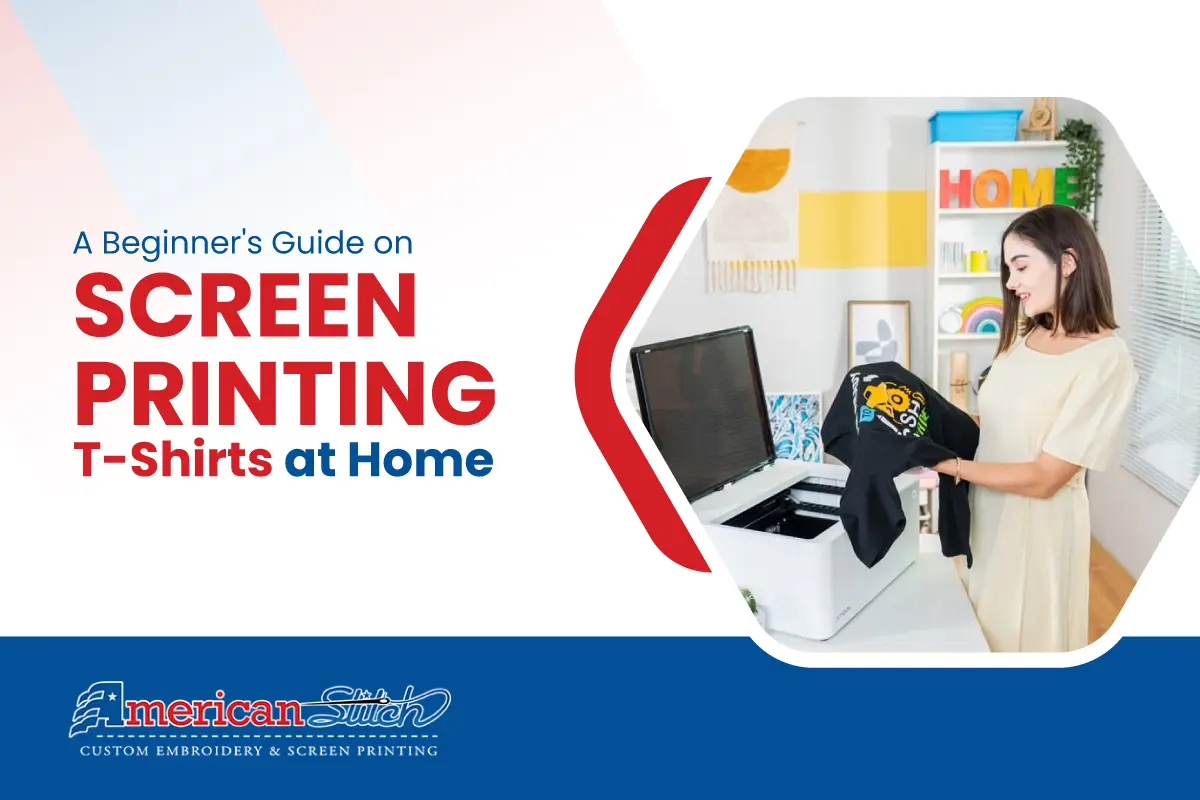Printing custom shirts has become a popular way to express individuality or promote a brand, but the financial aspect often takes a back seat in the design process. Understanding the dynamics of printing costs is crucial for businesses and individuals alike. So, why does the color of the shirt matter, and which one is more wallet-friendly?
Table of Contents
Factors Affecting Printing Costs
Printing costs are influenced by various factors, from the type of ink used to the intricacy of the design. Among these factors, the color of the shirt plays a significant role. Let’s delve into why and how it affects the overall expenses.
The White Shirt Advantage
White shirts take the lead when it comes to cost-effective printing. This is primarily due to the simplicity of the printing process. With white as the base color, fewer ink layers are required, translating to reduced production costs. Let’s break down the advantages of choosing a white canvas for your designs.
Reduced Need for Multiple Ink Layers
White shirts provide a blank canvas that allows designs to pop without the need for multiple ink layers. This simplicity in the printing process not only saves time but also cuts down on the amount of ink required, making it a cost-effective choice.
Examples of Printing Cost Savings with White Shirts
Consider a scenario where a vibrant design needs to be printed on both white and black shirts. The cost difference becomes evident in the amount of ink used. White shirts, require fewer ink layers, resulting in a more economical printing process compared to their black counterparts.
Black Shirts and Printing Challenges
While black shirts are undoubtedly stylish, they pose challenges when it comes to printing. The richness of the color demands additional layers of ink to ensure the design stands out. Let’s explore the complexities involved in printing on black shirts.
Analysis of the Complexities in Printing on Black Shirts
The dark hue of black shirts makes it challenging for designs to show prominently. To overcome this, printers often need to apply multiple layers of ink, driving up production costs. Understanding these challenges is crucial for businesses aiming for cost-effective printing solutions.
Examples of Increased Printing Costs with Black Shirts
Imagine a design featuring intricate details and vibrant colors. While it may shine on a white shirt, replicating the same effect on a black shirt requires more ink and meticulous attention. This increased ink usage directly translates to higher printing costs.
Quality Considerations
While cost is a significant factor, the quality of the final print should not be compromised. Let’s explore how the choice between white and black shirts can impact the overall quality of the printed design.
Balancing Cost and Print Quality
Choosing a shirt color is a delicate balance between cost and quality. While white shirts offer cost advantages, ensuring the design’s vibrancy and clarity is crucial. Blackshirts, on the other hand, may require more investment but can result in stunning, high-contrast designs.
The Impact of Ink Absorption on Overall Quality
Understanding how ink interacts with different shirt colors is essential for achieving the desired print quality. Factors such as ink absorption can affect the final outcome, emphasizing the need for informed decisions in the design process.
Market Trends and Preferences
The dynamics of shirt printing are not isolated from fashion trends and consumer preferences. Let’s explore how market trends influence color choices and, consequently, printing costs.
Current Trends in Shirt Color Preferences
Fashion trends often dictate the popularity of certain shirt colors. Understanding these trends can help businesses align their printing choices with consumer preferences, potentially impacting sales and brand perception.
The Influence of Design and Branding on Color Choices
For businesses, the choice between white and black shirts goes beyond cost considerations. It intertwines with branding and design choices, as the color of the shirt can influence how the brand is perceived by the target audience.
How Market Trends Can Impact Printing Costs
Staying abreast of market trends is not just about staying fashionable; it’s about making informed decisions that align with consumer expectations. Adapting to these trends can impact printing costs by influencing the demand for specific shirt colors.
Printing Techniques
The method of printing chosen also plays a crucial role in determining overall costs. Let’s explore various printing techniques and their implications on white and black shirts.
Overview of Various Printing Techniques
From screen printing to direct-to-garment (DTG) printing, each technique comes with its own set of advantages and considerations. Understanding these techniques is key to making cost-effective printing decisions.
How Different Techniques Affect Costs on White and Black Shirts
Certain printing techniques may be more cost-effective on specific shirt colors. For instance, DTG printing might be more forgiving on white shirts, while screen printing could offer better results on black shirts. Choosing the right technique can impact both cost and print quality.
Pros and Cons of Each Technique in Relation to Cost
Each printing technique has its pros and cons, and these factors should be weighed against the specific requirements of the design and the chosen shirt color. This section aims to provide insights into the cost implications of different printing methods.
Environmental Considerations
In an era of increasing environmental consciousness, the choice of ink and shirt color also extends to sustainability. Let’s briefly discuss the environmental impact of these choices and potential eco-friendly alternatives.
Brief Discussion on the Environmental Impact of Ink and Color Choices
Traditional printing inks may contain chemicals harmful to the environment. Exploring eco-friendly ink options can contribute to a more sustainable printing process. Additionally, the choice of shirt color can impact the overall eco-friendliness of the product.
Eco-Friendly Alternatives and Their Cost Implications
As technology advances, eco-friendly alternatives become more accessible. While they may come at a slightly higher initial cost, the long-term benefits for both the environment and a brand’s image can outweigh the financial considerations.
Tips for Cost-Effective Shirt Printing
Armed with insights into the dynamics of printing costs, it’s time to explore practical tips for achieving cost-effective shirt printing without compromising on quality.
Recommendations for Reducing Printing Costs
From choosing the right shirt color to optimizing the design for cost-effective printing, these recommendations aim to empower businesses and individuals to make informed decisions.
Choosing the Right Color for the Design and Purpose
Consider the nature of the design and its intended purpose. Is it a bold and colorful statement, or a minimalist logo? Aligning the color choice with the design can maximize visual impact while minimizing costs.
Maximizing Efficiency Without Compromising Quality
Efficiency is key to cost-effectiveness. Exploring efficient printing techniques and streamlining the production process can result in significant savings without sacrificing the quality of the final product.
Case Studies
Real-world examples provide valuable insights into successful strategies. Let’s explore case studies of businesses that have navigated the balance between design, cost, and quality.
Real-World Examples of Businesses Benefiting from Color-Conscious Printing
Case studies highlight businesses that have strategically chosen shirt colors based on design requirements and market trends, resulting in cost-effective and visually appealing products.
Lessons Learned from Successful Cost-Effective Printing Strategies
Examining the experiences of successful businesses sheds light on the lessons learned and best practices for achieving cost-effective shirt printing. These insights can guide others in making informed decisions.
Conclusion
As we unravel the complexities of printing on white and black shirts, the choice between the two extends beyond aesthetics. It’s a balance between cost, quality, and market dynamics. Whether opting for the crisp simplicity of white or the bold allure of black, understanding the implications on printing costs is key to making informed decisions in the world of custom shirt printing.
FAQs (Frequently Asked Questions)
Is it always cheaper to print on white shirts?
While white shirts are generally more cost-effective due to the reduced need for multiple ink layers, the specific design and printing technique can influence the overall cost.
How does the choice of printing technique impact costs?
Different printing techniques come with varying costs and quality considerations. Factors such as the intricacy of the design and the chosen shirt color can influence the most cost-effective printing method.
Can eco-friendly alternatives be cost-effective?
Eco-friendly alternatives may have a slightly higher initial cost, but their long-term benefits for the environment and brand image can justify the investment.
What role do market trends play in printing costs?
Market trends can influence the demand for specific shirt colors, impacting printing costs. Businesses need to balance trend considerations with cost-effectiveness.
How can businesses optimize both cost and quality in shirt printing?
Strategic choices, such as aligning the shirt color with the design, choosing efficient printing techniques, and learning from successful case studies, can help businesses optimize both cost and quality in shirt printing.





